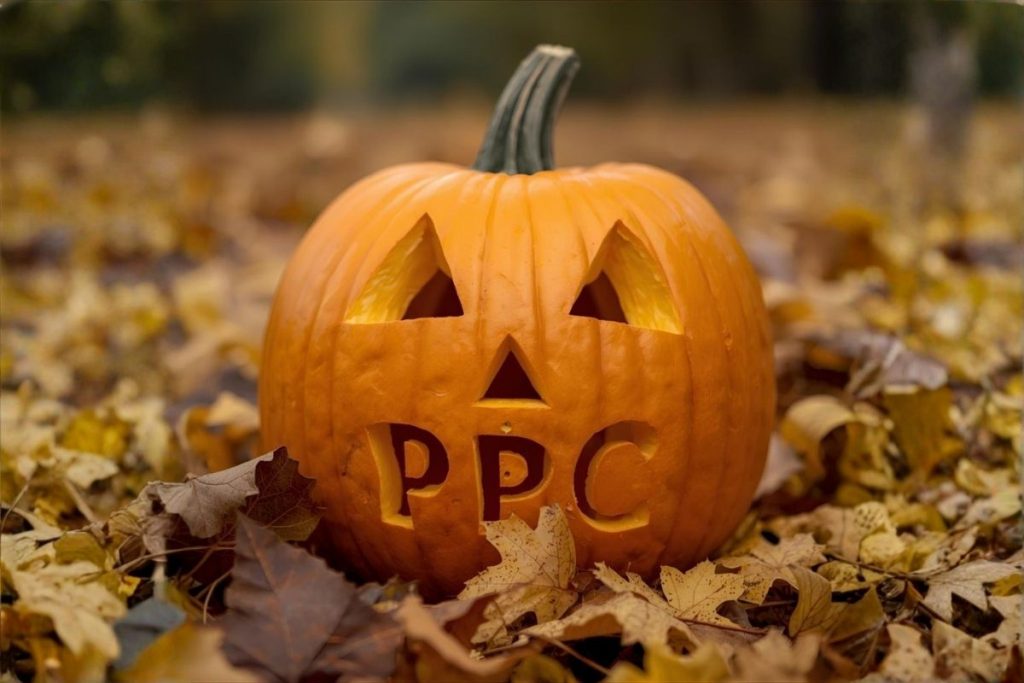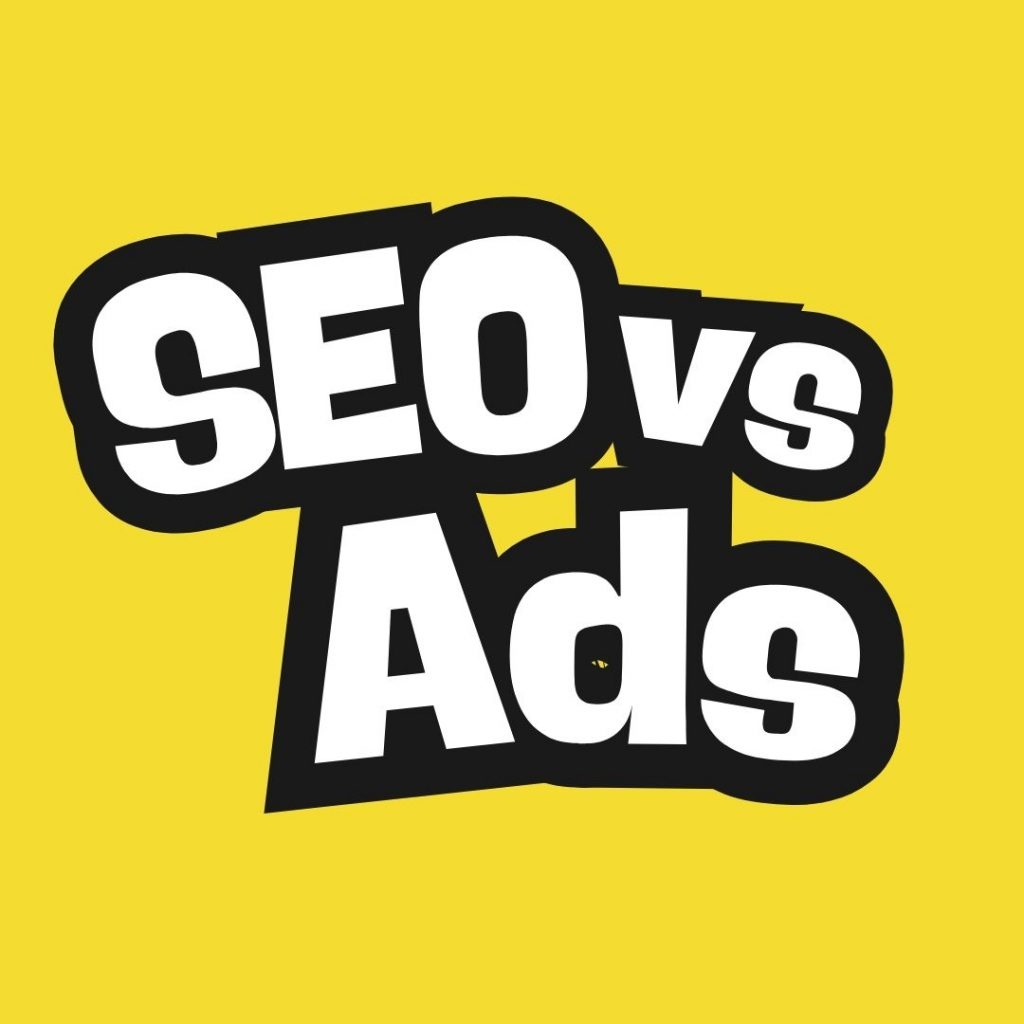As an agency, we’ve worked with PPC campaigns across search engines and social media. By far one of the best ways to ramp up your organic marketing efforts is to complement them with paid advertising.
The two giants in this space are without a doubt Google Ads and Facebook Ads. To effectively grow your business, we recommend you use both together, but this of course means having enough cash to spend. If you’re just getting started in your business or if your marketing budget is a bit tight, you may only want to work with one for the time being, so which do you choose?
We’ve looked at each platform, in turn, to give our opinion on the most profitable for you, depending on your business.

Get your free digital marketing quote
Take the first step towards digital success and let’s start driving results.
Google Ads: The Pros
There’s searcher intent
When you use Google Ads search campaigns, you know that people are looking for what you offer or something similar. Your keyword research should enlighten you as to what people are actively searching for and how they are phrasing it.
People who have a desire to know more about a product are further down the sales funnel than people who are not even aware you exist. If you’ve got limited time to experiment, then Google Ads can be a great way to instantly increase your traffic and even generate some leads through call extensions.
Possibilities for retargeting
Once someone has landed on your site, you can show them more of your ads through retargeting. These ads are part of the Google Display Network and mean that your ad can appear on other websites your prospect happens to be browsing. This is a way to recapture their interest and remind them of products they might have already been viewing on your website.
Dynamic campaigns
With Google Ads, Dynamic Search Campaigns let you put in various options for keywords and descriptions and then Google’s algorithm does the hard work in delivering the ads in a combination that is most relevant to the searcher. This makes for a more personalised experience and optimises your chances of a click-through. This means you can create multiple ads from one set of copy and keywords.
Demographics aren’t so important
You can target your ads based on age, gender and location. If you have a physical store or you serve a particular area, then this is a good idea. However, if you’re looking to cast your net wide, you can do so with Google Ads and still know that the people who are going to come to you are a warm audience who don’t need as much nurturing. If your targeting options are too wide on Facebook, you run the risk of diminishing the impact of your campaign.
Easier to write
Google Ads uses copy from your keyword list. You have to deliver a very succinct message covering your absolute best features in just two lines, which is challenging. However, the style you write in is to the point.
In Google Ads, you have to say it like it is as there isn’t enough room to use lots of flowery language. This means that those that aren’t the best copywriters have a good chance of succeeding in Google Ads land.
You don’t need lots of creative assets
Lots of companies are at a disadvantage when it comes to their marketing because they lack the imagery to give them the wow factor. Hiring a photographer can be expensive, but it’s so worth the pennies when you see how professional your website and social media can look. Yet with Google Ads, you don’t need lots of images to get noticed. It definitely helps, but if you stick to search only campaigns, then images are not required.
Negative keywords
A handy feature if you’re worried about wasting your ad budget…
Let’s say you sell scented candles, and your ad keeps showing up when people search “beeswax candles.” You can make “beeswax candle” a negative keyword for your campaign so you save money on impressions that aren’t going to lead to any business for you.
Google Ads: The Cons
It’s expensive
Google Ads is not for the faint-hearted. You really have to know what you want to achieve before you start splashing the cash on ad campaigns. It also requires some expertise in keyword research and how to set up campaigns for your objectives, so it can take up a lot of time at first as well.
It can be highly competitive
Digital advertising platforms are auctions, so you’re bidding for impressions against other people who want to show up for that same search term. This is another reason it can get expensive. Those with the biggest ad budgets are likely to get the best results.
Need to do your research
Understanding where your customer is at in the buying journey and what search terms they may be using is essential for a successful campaign. Without this step, your brilliant copy is wasted, and your ad budget is down the drain.
Not as creative
Google Ads may not seem the most creative, fun part of digital marketing compared to making TikTok videos or developing email funnels. The creative is minimal, which can be a disadvantage if you love to design graphics, but can also be a benefit if you’re more analytical and scientific in your approach.
Facebook Ads: The Pros
You can reach people where they’re hanging out
No one has to be searching for your product for them to see it with Facebook Ads. You can serve your ads to people who have never heard of you before simply by choosing your targeting options and letting Facebook do the rest. As people are enjoying their time catching up on posts of friends and family, they will come across your ads in the news feed and either act there and then or make a mental note to look you up later. The Facebook Ads Manager platform also lets you reach people through Instagram and Facebook Messenger.
You can really drill down into your target audience
Facebook’s powerful targeting options let you find people based on demographic data you never would have thought of. For example, you can target people who are recent parents, engaged or having a birthday this month. You can also target people who are page admins, employed in specific roles or people who are interested in yoga or like particular Facebook pages.
You don’t need a high budget to get started
With just £10 you can easily launch your first Facebook campaign. The simplified Ad Centre interface or the “Boost” option means you can set up a five-day ad for just £2 a day, pick your audience and direct people to perform a specific action quickly and easily.
It’s an easy way to begin paid advertising when you’re a small company with not much ad budget to start with.
Multiple creative options at your fingertips
If you’re a creative with an abundance of ideas for stopping the scroll, then Facebook is a great platform to have some fun. You have three main options to start with: a single image, a carousel or a video. Facebook lets you create video from a selection of still images – it will put the movements and effects in place directly inside the software.
You also have the possibility of AB testing different ad variations so you can find out which performs the best.
Possibilities for dynamic content
Besides your creative options, you can opt to use different copy and creative variations within a single ad – Facebook works out which is going to work best for different ad placements and audience members so you get the best of all worlds without having to set up different ads.
Lots of retargeting options
One of the most powerful features in Facebook Ads is the possibility of retargeting. You can show your ads to people who have already visited your website, people who took a certain action, or people who have interacted with a previous ad or post. Since most people don’t convert right away, showing them your ad multiple times can help keep your brand at the forefront of their minds. It can also nudge them to complete a purchase they’ve already started.
Lookalike audiences
Because of the vast level of intelligence Facebook has on each of its users, it can use insights from your Facebook Pixel to suss out other Facebook users who display similar behaviours, yet have never interacted with your website or ads. You can then use this data to create “Lookalike Audiences” for cold audiences with a higher chance of converting.
Different levels of ease for different types of marketers
Facebook is a platform with a lot of variety. It truly makes it easy for anyone to start advertising, from a sole trader who wants to boost a Facebook post or a junior marketer who wants to devise a simple “like” campaign to the fully-fledged Facebook pro who can make use of the myriad targeting options, Pixel and event tracking features.
Facebook Ads: The Cons
It can be hard to establish the right formula for your target audience
Most people place a lot of emphasis on the right creative assets or copy when developing an ad campaign, but a lot of headaches in fact stem from the targeting. The same ad can bomb or flourish depending on the audience. Finding the sweet spot poses a real challenge, even for experienced marketers.
People are less engaged as they are not actively looking
People are on Facebook and Instagram to keep up with their friends’ news and watch cat videos. They are not actively searching for products, nor are they in an open mindset to be marketed to. Therefore, your ad can feel like an interruption they don’t want.
You need eyecatching creative
To make Facebook Ads work, you need creative assets, unlike Google Ads where the words are enough. Images don’t have to be professional – a mobile photo or video can work really well – but you do have to have engaging assets that are in the right resolution to show up well on the various ad placements.
You need good copywriting skills
Where your Google Ad is very to-the-point, you have more room to get creative with your Facebook Ad copy. This has a drawback – you actually have to be compelling. Not the easiest skill in the world, although can be mastered with some simple training.
Advantages you’ll find with both platforms
Retargeting
You can use both platforms to reach people who have visited your site. This involves some coding to set up and can feel a little intimidating if you’re new to ads, but it’s also an extremely powerful way of winning back forgotten leads or abandoned baskets.
Both let you optimise for particular actions
Depending on the result you want, you can select the desired option and the platforms will work hard to help you get more of those actions. For example, you may want more traffic to your site so you can optimise for clicks, and if you want more form submissions, then you can select the “Leads” objective.
When deciding whether you want to go with Google Ads or Facebook Ads, you need to ask yourself some questions:
How much budget do you have to spend?
If you have a low daily budget or even just £20 to spare, then Facebook is the best way to make your budget stretch further if Page Likes or website traffic is what you want. If you want leads or sales, you may need a little more to make the campaign work.
For Google Ads, you need a daily budget of around £10 as keyword bidding can get highly competitive. You need room in your budget to get those conversions.
Do your customers already know your product exists?
If your customer is already au fait with the kinds of items or services you sell and they’re a well-known solution, then Google Ads is the way to go.
Are they actively looking to solve a problem your product/service can help them with?
If your product is new but proposing to solve a common problem, then you can base your Google Ads keywords around search terms asking questions or mentioning these common problems.
Is there something they don’t already know about your product? A new piece of information that will make them think twice?
If there’s something new about your product or service that makes it stand out from the other solutions out there, then people may not find this on a Google search alone. This could be newsworthy enough to interrupt people in the Facebook Newsfeed if you have an engaging video that shows yours in action and highlights exactly where other solutions fall short.
Are you looking to target people who’ve interacted with your brand before?
If the answer is yes, then the next question is “Where have they interacted?” Have they visited your website, or have they engaged with a Facebook or Instagram post? If it’s the latter, then it’s obvious you need to use Facebook Advertising to retarget them.
If they’ve been on your website, then you have a choice between Google Ads and Facebook Ads.
Google Ads will let you create a display ad that can be shown on various websites across the Internet as part of the Google Display Network. We know people are likely to be spending large amounts of time on Facebook, so it could be worth creating a Facebook retargeting ad to go with your cold Google Ads search campaign.
Where do your prospects hang out?
It may seem like an obvious question, but is your ideal customer likely to spend time on Facebook or Instagram? If not, then Google Ads are a better bet. Other social media channels have their own advertising platforms, so these are worth looking into if your audience persona tends to be found on Pinterest or Snapchat, for example.
Now you have some insights into both Facebook Ads and Google Ads, you will be in a better place to decide what’s best for your business. You can also trial them together or switch things up and experiment. These are just a few pointers to get you started. Good luck!



